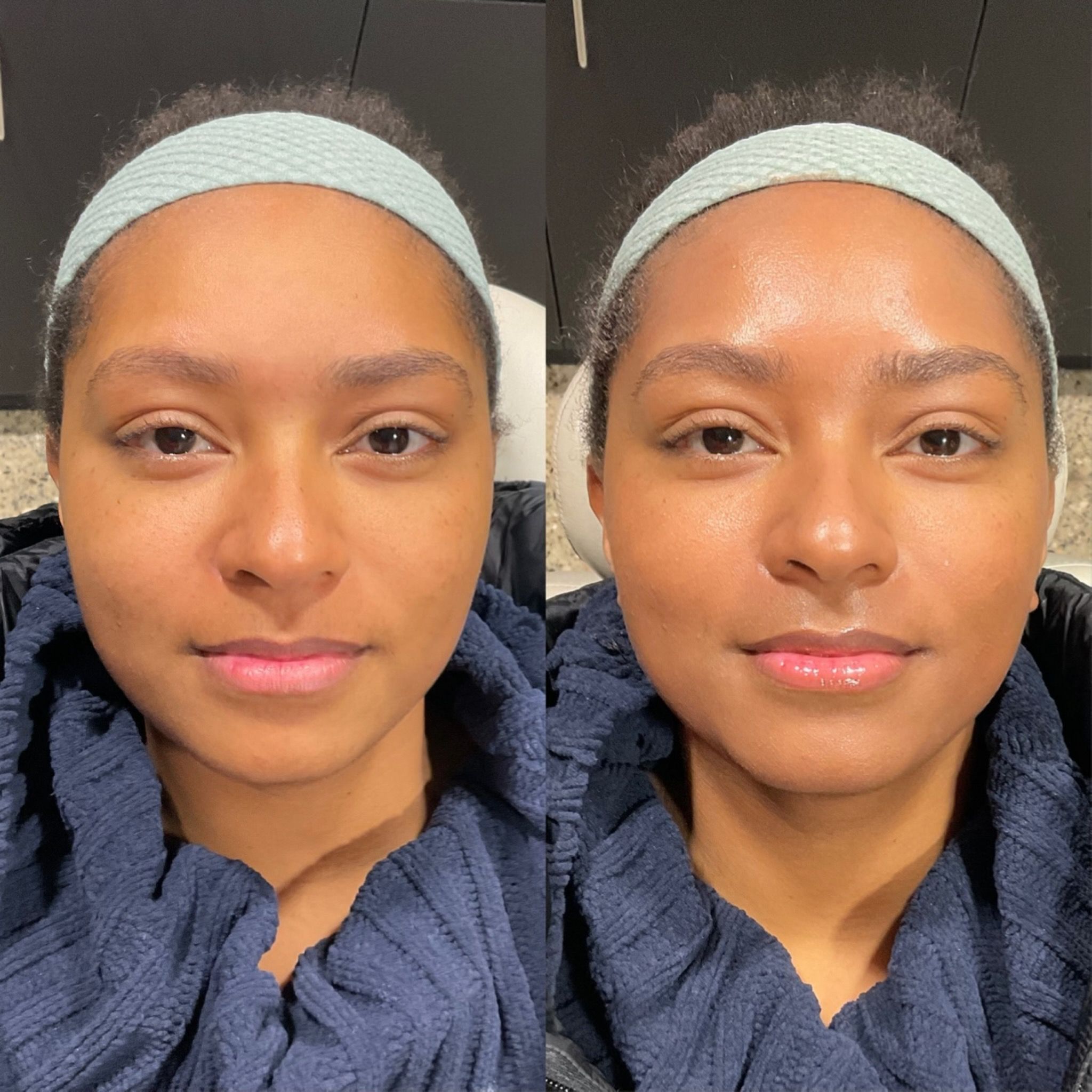By Aya Restrepo, MS, PA-C, Founder of Glam Jail
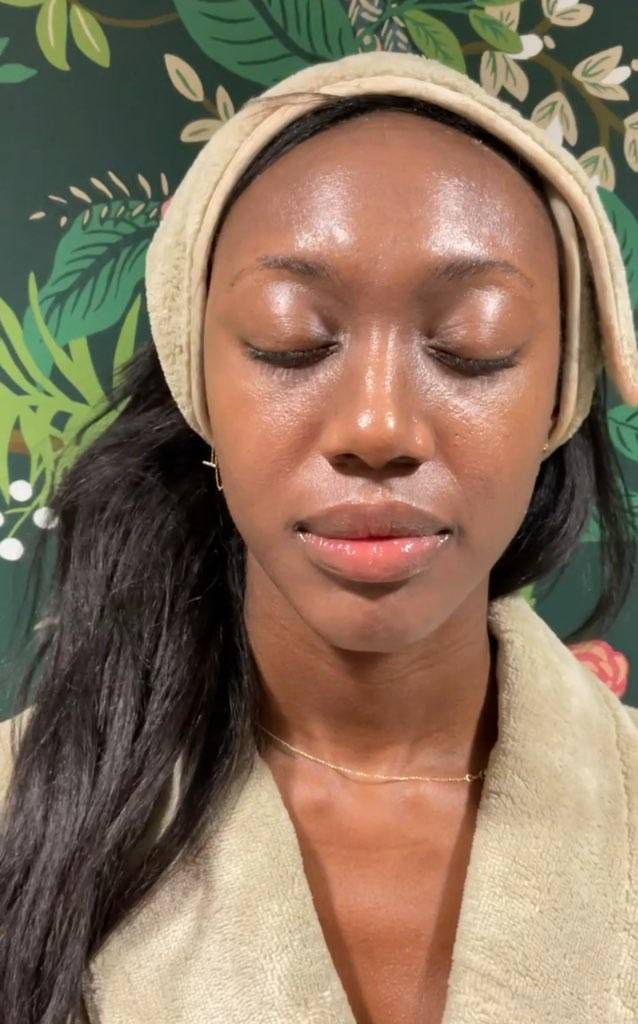
A beautiful woman once walked into my office with burns across her cheeks. She had gone to another spa for a laser treatment that promised clear, glowing skin. Instead, it scarred her. I treated her, but her pain stays with me. Sadly, her story is not uncommon—and it underscores why expertise matters when treating melanin-rich skin.
Skin trauma, whether from acne, sun exposure, medication, or an aggressive procedure can trigger pigmentation changes. Those changes are different for different skin colors. On light skin, it might cause redness. For darker skin tones, the trauma can cause hyperpigmentation–where the skin darkens–or hypopigmentation where light patches appear. Conditions like melasma, which cause dark spots triggered by hormonal changes or heat, often appear more frequently in patients with deeper skin tones.
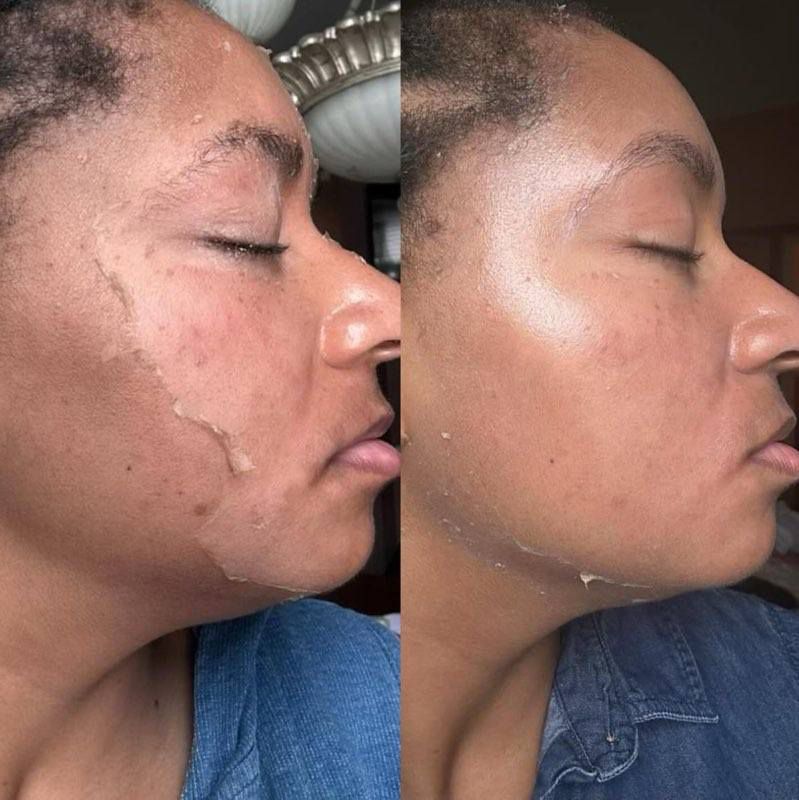
Fortunately, the field of aesthetics has advanced. Today, safer and more effective options exist for patients of color when treatments are performed with knowledge and precision:
- Next-generation lasers like the Halo and Moxi can be adjusted to safely target texture, scars, and discoloration without damaging surrounding tissue.
- Gentle chemical peels are now formulated specifically to respect melanin-rich skin, reducing the risk of stripping or irritation.
- Skin analysis systems such as Visia allow practitioners to see beneath the surface, using data to guide individualized treatment plans instead of guesswork.
But technology alone is not the answer. Precision and cultural competence are just as important as the tools themselves.
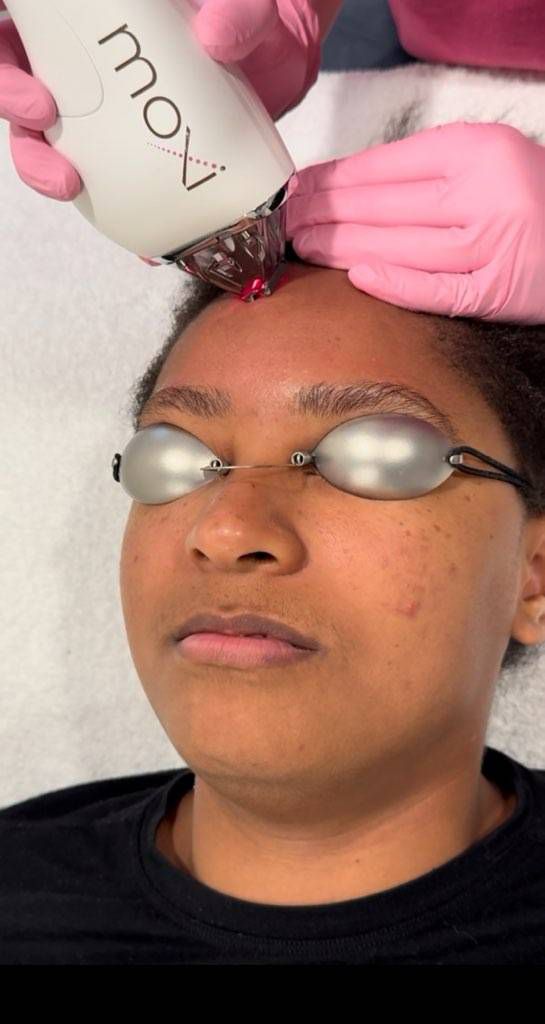
Safe and successful results come from providers who understand that darker skin requires a different approach. Two patients may appear to share the same skin tone, yet their skin can respond very differently to identical treatments. That’s why before any procedure begins, the examining medical professional needs to interview every patient about their ethnic background and lifestyle, and then follow the darkest applicable skin category to ensure safety. It’s why I continue to study advanced techniques globally.
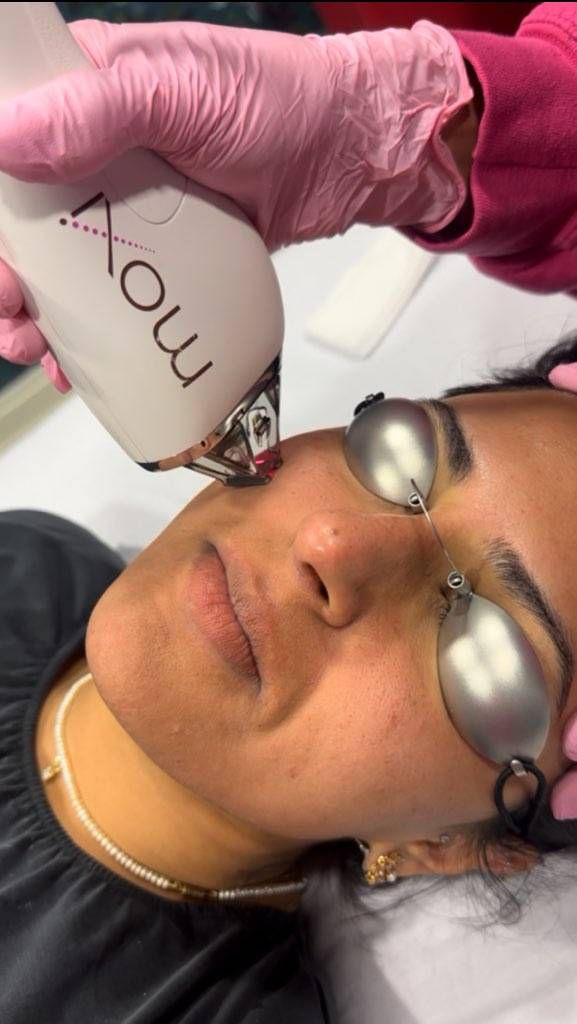
When treated properly, Black and Brown skin doesn’t just tolerate advanced procedures, it thrives under them. The future of aesthetics is one where melanin is celebrated, protected, and given access to the same innovations as all other skin types.
Our skin is not a barrier. It is a gift. And with the right hands and the right knowledge, it deserves to shine.
